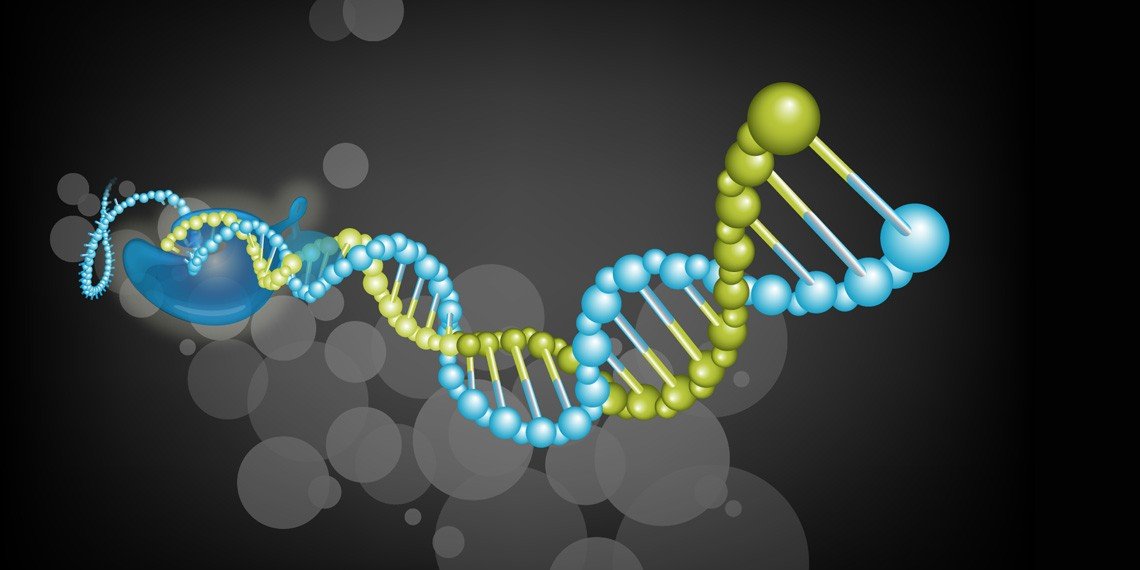What is qPCR, and what steps are involved in developing qPCR protocol and analysis?
The polymerase chain reaction (PCR)—a groundbreaking technique conceived by Kary Mullis, who received the Nobel Prize in Chemistry in 1992—transformed the landscape of molecular biology by facilitating rapid DNA amplification. Shortly thereafter, Russell Higuchi unveiled quantitative real-time PCR (qPCR), which employs fluorescent probes to observe DNA synthesis instantaneously, thereby improving detection and quantification. The discovery of reverse transcriptase in 1970 paved the way for reverse transcription PCR (RT-PCR), extensively utilized in molecular cloning and qPCR analysis. When RT-PCR and qPCR are integrated, they culminate in RT-qPCR—a technique that is critical for analyzing gene expression via mRNA quantitation, often executed through ddPCR gene expression methodologies. According to the MIQE guidelines (2009), RT-PCR converts RNA into cDNA, while qPCR quantifies DNA amplification in real time for pathogen detection and copy number analysis. RT-qPCR synthesizes both processes, measuring mRNA levels relevant to genetics, disease diagnostics, and personalized medicine; this makes it an indispensable approach in digital PCR services. However, researchers must remain vigilant about the nuances of these methodologies because even minor errors can significantly impact results.
Conducted in specialized thermal cyclers, quantitative PCR (qPCR) relies on intercalating dyes or target-specific probes to monitor DNA synthesis; this enables highly sensitive detection of genetic variations, mutations, and biomarkers. This powerful technique has transformed biological research and clinical diagnostics. Because of its efficacy, advancing precision medicine, infectious disease surveillance, and cancer research have garnered increasing support from qPCR CRO services. Although there are some limitations, the potential benefits remain significant.
Must Read: The Impact of Biochemical Assays on Cancer Research and Biomarker Discovery
qPCR assay design is a carefully planned process to gain specificity, efficacy, and replicability using the services of PCR providers, if need be. The process is initiated by carefully reviewing the literature and database of previously developed primers and target sequences to design new primers, which is the most critical step in designing a qPCR assay. The primers must be adjusted to the melting point (Tm), GC content, secondary structure, and complementarity since these dictate amplification efficacy and specificity. The primers need to generate amplicons of size between 75–200 bp ideally and should not be in secondary structure regions or be in stretches of a nucleotide to restrict nonspecific amplification. Probes, more specifically hydrolysis probes, imbue specificity to qPCR and need to be designed ideally in a range of between 5–10°C over Tm of primers to enable maximum efficacy of hybridization.
In multiplex PCR analysis using qPCR, primers, and probes should be carefully designed to avoid cross-reaction and inter-reaction competition. The dyes should also be selected in such a way that dyes with non-overlapping emission peaks should be used to discriminate amplification signals accordingly. Guided by such principles, qPCR assays can be adjusted accordingly to be used in gene expression analysis, mutation detection, and pathogen detection to enable downstream qPCR analysis and digital PCR services.
To ensure that a qPCR assay is accurate and reliable, strict optimization and validation are prerequisites, a process often undertaken using the services of a qPCR CRO. Amplification must be efficient over a range of template concentrations, something that can be measured using a standard curve to ascertain reaction efficiency and dynamic range. The melt curve analysis also ensures that it is specific to discriminate between true amplicons and primer-dimers or nonspecific products that would invalidate the precision of the assay. The optimization of the annealing temperature is also crucial, as a thermal misbalance can cause poor amplification or a range of off-target effects; thermal gradient experiments easily define a reaction’s optimal temperature. Optimization in a multiplexed qPCR assay requires comparing a singleplex to a multiplex reaction to ascertain that individual targets amplify in isolation without interference. The components of a reaction, such as dNTPs, DNA polymerase, and MgCl₂, need to be tuned to avert amplification bias, a fundamental aspect of applications in services of a PCR when dealing with targets of varying abundance. By applying these cautious design and optimization procedures, qPCR assays become highly accurate, reproducible, and diagnostic, making them basic tools in molecular biology, clinical diagnosis, and biomedical studies and making analysis in the services of a digital PCR more accurate.
qPCR Machine and currently available models
PCR machines, or thermal cyclers or amplifiers of DNA, are laboratory devices that allow the amplification of a specified sequence of RNA or DNA in a speedy manner via controlled thermal cycling. The devices function on nucleic acid replication principles and principles of hybridization to amplify target sequences up to a ratio of 10^7 in hours. PCR thermal cyclers find application in laboratory research extensively in addition to diagnosis in a hospital setup, enabling replication of DNA, forensic profiling, molecular cloning, and pathogen detection, revolutionizing genetic analysis in line with good practices laboratory to deliver precision and consistency. Latest PCR thermal cycling devices, such as BiometraTAdvanced Thermal Cycler Series (Analytik Jena) and MiniAmp Plus Thermal Cycler (ThermoFisher Scientific), deliver sophisticated capabilities such as precision control of temperatures, rapid ramp-up, and easy-to-use interfaces. Other devices, such as PCR Thermal Cyclers (Esco) and GET-S SERIES THERMAL CYCLER, deliver high-quality thermal cycling over a significant period, whereas MiniAmp Plus Thermal Cycler (Delta Science) is a small thermal cycler that supports remote accessibility via Wi-Fi connectivity. The new generation of PCR thermal cycling devices is revolutionizing molecular biology, delivering precision, efficacy, and scalability to diverse applications, such as disease diagnosis to high-order genetic studies.
Conclusion
qPCR is a highly sensitive and accurate process of nucleic acid measurement, though one that is dependent on high-quality RNA, high-quality primers and probes, and normalization controls. Reproducibility is ensured using a master mix, and strict control of contamination maximizes the credibility of results. Baseline optimization, melt curve analysis, and measurement of efficiency hone results. With such close attention to these best practices, qPCR allows high-level analysis of pathogen detection, molecular diagnosis, and gene expression to become a cornerstone in contemporary life sciences and clinical studies.



